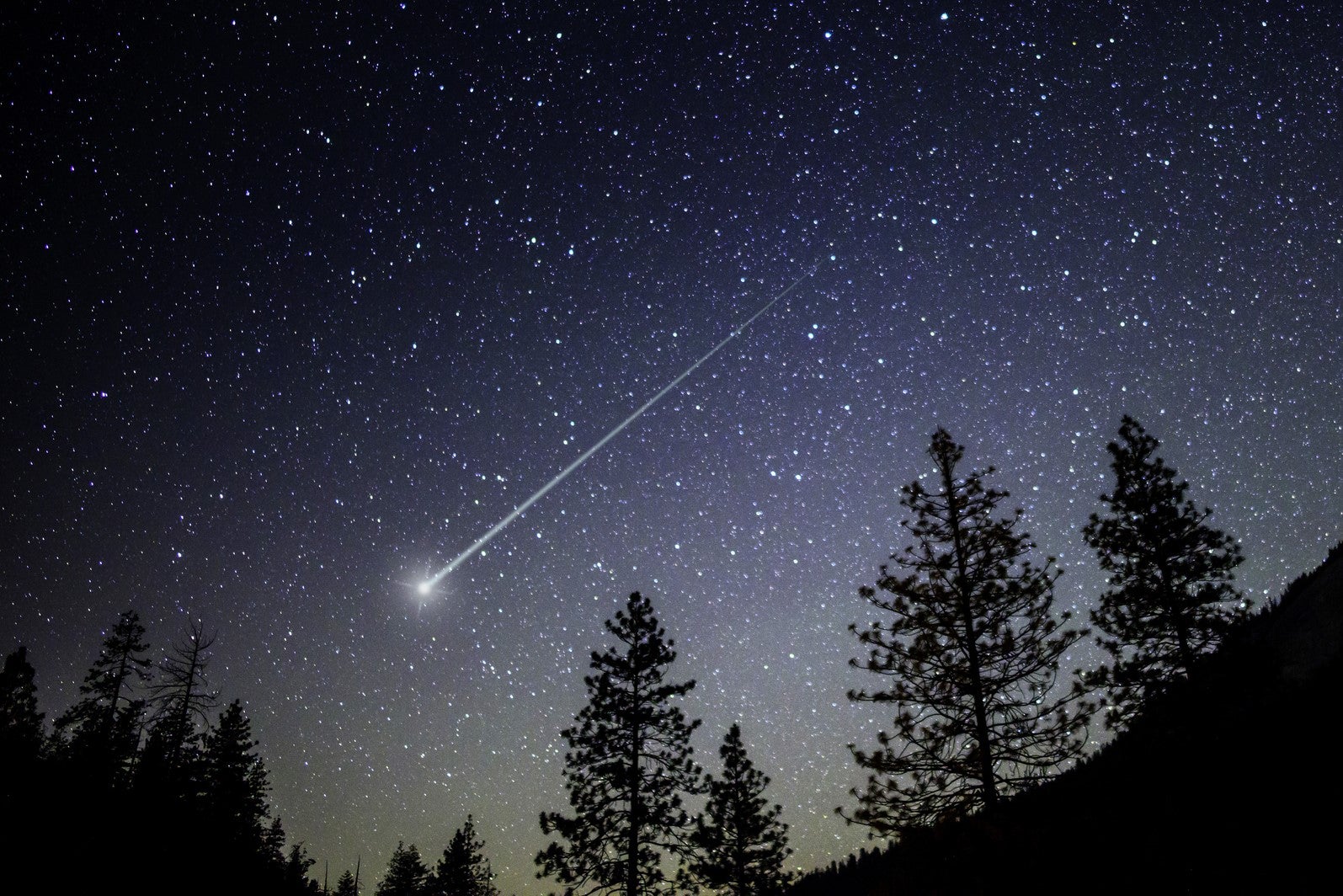Perseid meteor shower to peak tonight alongside northern lights
Biggest meteor shower of 2024 will see up to 100 ‘shooting stars’ appear each hour as aurora borealis stretches south
Your support helps us to tell the story
From reproductive rights to climate change to Big Tech, The Independent is on the ground when the story is developing. Whether it's investigating the financials of Elon Musk's pro-Trump PAC or producing our latest documentary, 'The A Word', which shines a light on the American women fighting for reproductive rights, we know how important it is to parse out the facts from the messaging.
At such a critical moment in US history, we need reporters on the ground. Your donation allows us to keep sending journalists to speak to both sides of the story.
The Independent is trusted by Americans across the entire political spectrum. And unlike many other quality news outlets, we choose not to lock Americans out of our reporting and analysis with paywalls. We believe quality journalism should be available to everyone, paid for by those who can afford it.
Your support makes all the difference.The biggest meteor shower of the year is set to peak on Sunday night, coinciding with a rare showing of the northern lights.
The Perseid meteor shower has been visible since mid-July but is expected to peak on the night of 11 August, with up to 100 ‘shooting stars’ appearing each hour until dawn.
At the same time, space weather forecasters have predicted that sightings of the aurora borealis will be possible in northerly parts of the UK and in some US states following a major solar storm.
The US National Oceanic Atmospheric Administration (NOAA) said that two plumes of plasma, known as coronal mass ejections, will hit the Earth’s atmosphere just as the Perseids are reaching their peak.
“The Perseid meteor shower, which peaks in mid-August, is considered the best meteor shower of the year,” Nasa notes on its website. “With swift and bright meteors, Perseids frequently leave long ‘wakes’ of light and colour behind them as they streak through Earth’s atmosphere.”

Before the meteors disappear for another year at the end of the month, a full moon on 19 August will appear bigger and brighter in the sky alongside them as the Earth’s natural satellite approaches the closest point of its orbit.
The occurrence of a bright supermoon is typically not good for stargazing or meteor watching, however on the night of the Perseids peak the Moon will set at midnight.
The Moon setting combined with warm conditions make it an ideal opportunity to witness the celestial spectacle, with scientists from Nasa and the European Space Agency (ESA) saying the best time to see them will be the pre-dawn hours before sunrise..
The US space agency said skygazers can expect between 50 to 100 meteors per hour during its peak, with no need for specialist viewing equipment like telescopes or binoculars to view them.
The ESA advises people to head to an area with minimal light pollution and to avoid looking at screens or other bright objects to allow your eyes to adjust to the darkness.
Among those set to observe the display is Steve Brown, an amateur astronomer and astrophotographer from North Yorkshire. He advises letting your vision adapt to the dark for around 20 minutes and using a red torch to navigate the darkness in order to not impede your natural night vision.
“Lie on the ground or on a garden recliner if you have one as this will prevent neck strain from looking up at the sky,” he told The Independent.
“You should look at around 45 degrees up from the horizon and either due south or west to see the most meteors... An important point to note is that the most meteors will be seen after midnight, so prepare for a late night.”
Several observatories are expected to live stream the night sky on the night that the Perseids peak, with telescopes pointed to the section of sky from which they emerge.
Radiating from the Perseus constellation in the northeastern sky of the Northern Hemisphere, which follows the more distinctive Cassiopeia constellation across the sky.
The bright meteor streaks occur as the Earth passes through the tail of the Comet Swift-Tuttle, causing debris to burn up in the Earth’s atmosphere at temperatures of up to 1,650 degrees Celsius – meaning the space rocks are unlikely to reach the ground intact.

Join our commenting forum
Join thought-provoking conversations, follow other Independent readers and see their replies
Comments